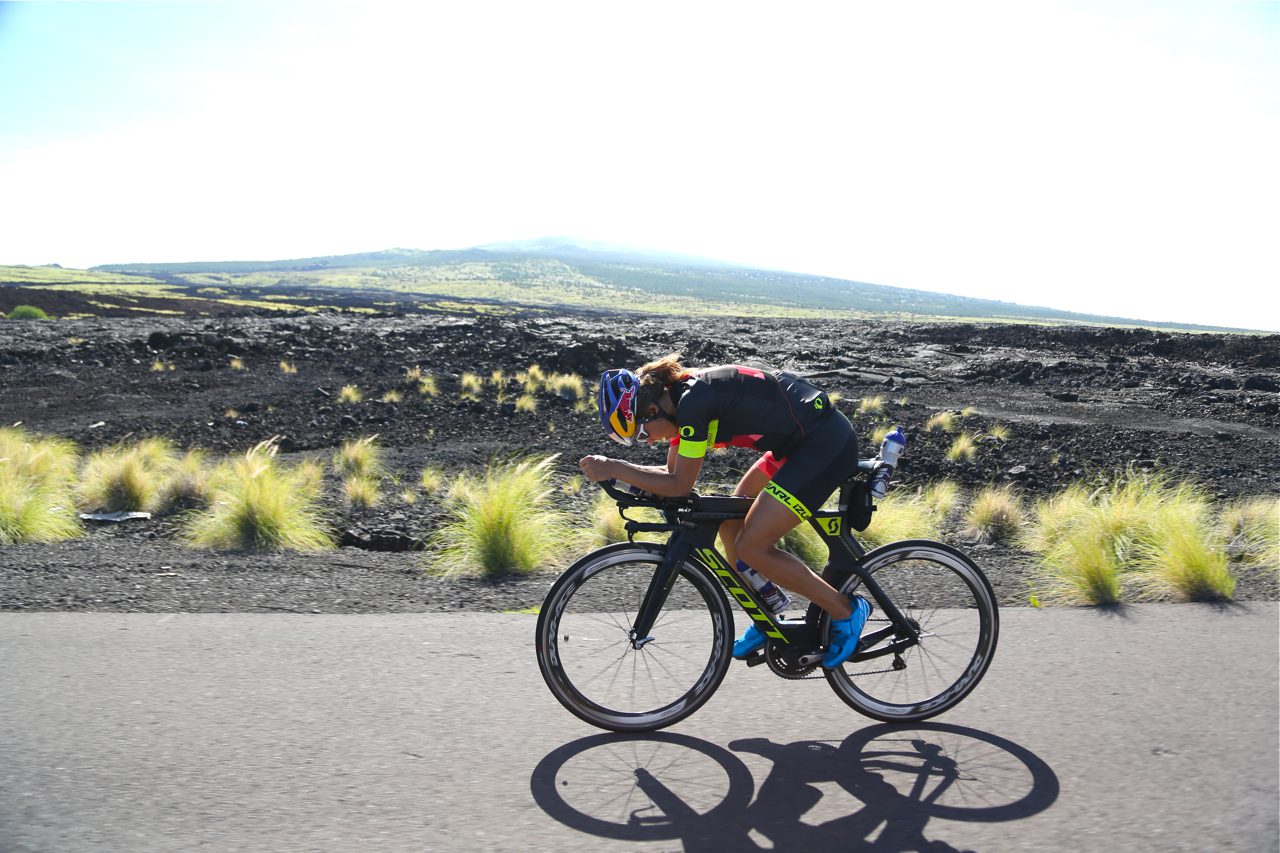Angela Naeth’s tips to ride faster with time trials
Master the time trial to test your bike power and ride faster with these tips.

Triathlon season is upon us with races almost every weekend. It’s time to test your fitness and focus on your goal race. When I am preparing for an “A” race, I like to mix things up by adding in some discipline-specific racing in the weeks leading up to the main event. Time trials put on by your local cycling club or cycling store offer an amazing way to push beyond your comfort zone and test power and fitness. If you can find a regular TT series in your area, then you can track your progress throughout the summer.
Time trials can range in distance but are typically 40 km. They’re easy to find with a simple Google search. Be forewarned, the general vibe for such events can be intense compared to triathlons, but don’t let that scare you. Time trials are fun and I like to look at them as a personal challenge. Because my bigger goal is triathlon, time trials are a way of testing myself in a different kind of pressure. You may even meet some new cyclists to train with.
While provincially sanctioned time trial events typically require a UCI regulated TT bike set up, which differs from the position many triathletes have on their triathlon bikes, most local events don’t com- ply with UCI regulations. When I do a TT, I ride the same way I do in a triathlon. The goal for me is to use the data I generate for future training and knowledge.
They’re also great events to test the mind-body connection. A TT should hurt and riders need to maintain constant pressure on the pedals without coasting. Doing such specific intensity, my brain seems more resilient to the fatigue I encounter racing triathlon. It increases my tolerance for discomfort. The key to time trials is to completely empty the tank – wheezing and aching muscles are par for the course.
The Numbers
For me a typical 40 km TT is very close an hour. The average power I can sustain in a TT closely mimics my lactate threshold power. I use this number to look at what I could potentially sustain for half and full distance events on the bike. It’s typically 75 to 85 per cent of this power average. Competing in time trials can make you a stronger, faster and more resilient cyclist.
